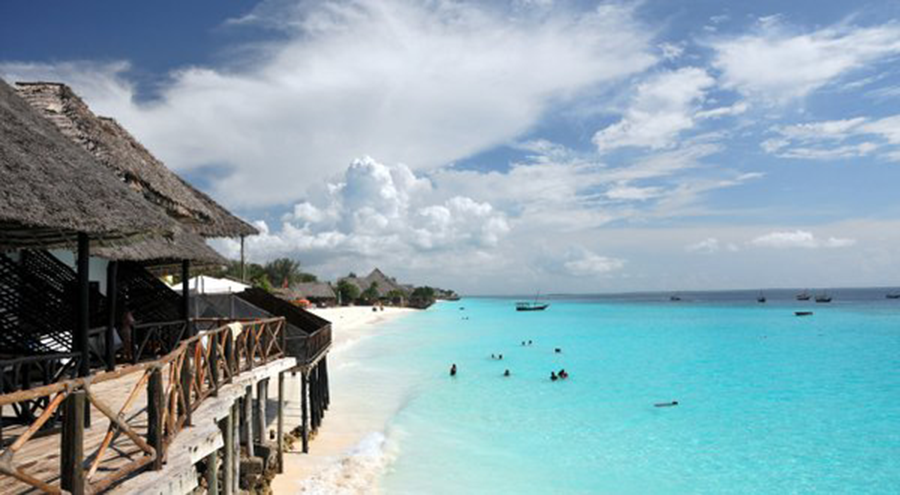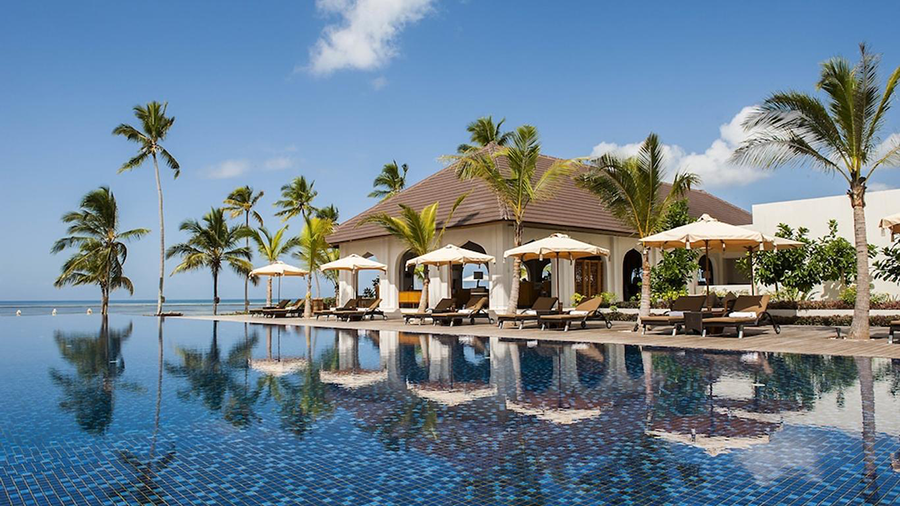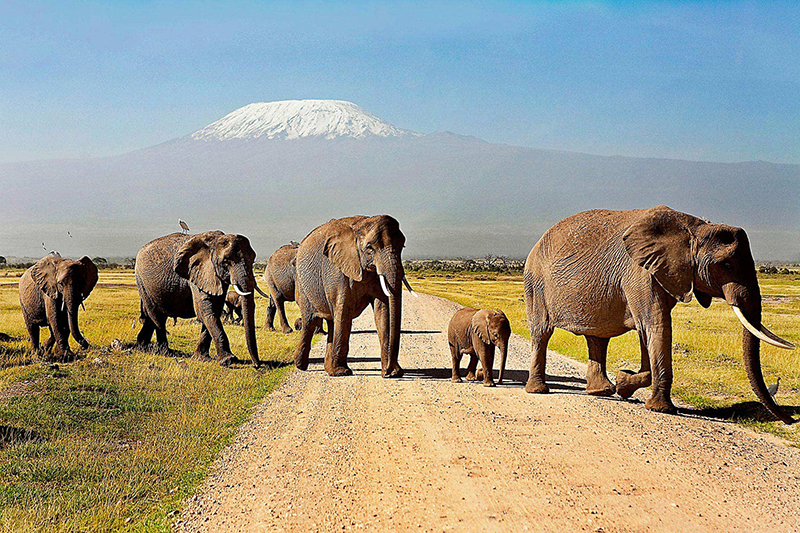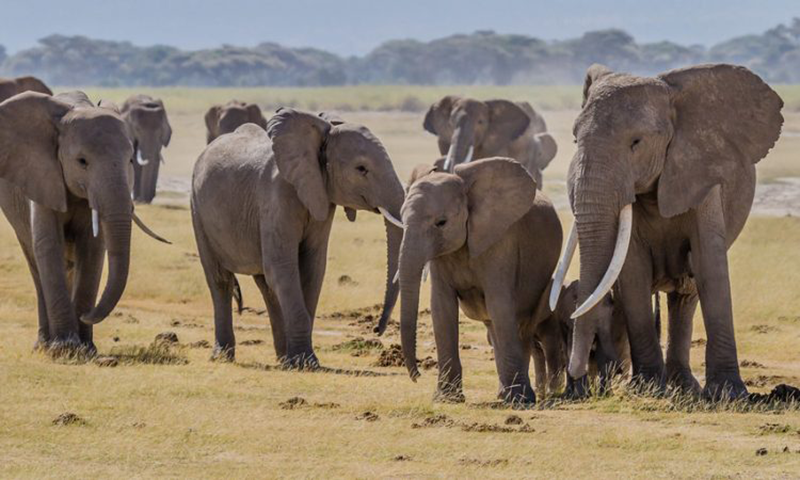Zanzibar, meaning “shore of elephants” is an archipelago located 16-31mi (25-50km) east of southern Tanzania. The archipelago is composed of numerous tiny islands and two big ones: the major island is Unjuga, which is often known as Zanzibar itself, and the other one is Pemba, that will be called the “Green Island”. The Zanzibar archipelago is distinguished from the gorgeous sandy shores, which line its own perimeter. As a former centre of the slave and spice trades, it’s infused with Arabic, African, Indian and European influences.
Zanzibar is a part of the East African American republic of Tanzania (especially The United Republic of Tanzania). Tanzania includes the Zanzibar archipelago in the Indian Ocean, 25-50km (15-30mi) off the shore from the mainland.

There are many tiny islands, and also two big ones: Unguja (the principal island, informally known as “Zanzibar Island”), and Pemba Island. Zanzibar was once another state with a long trading history over the Arab world; it combined with Tanganyika to form Tanzania in 1964, and enjoys a high level of autonomy inside the marriage.
Zanzibar has a great deal to offer concerning tourism.
We’ve split Zanzibar up into the following areas:
Stone Town
The center of Zanzibar Town, Stone Town, is a labyrinth of narrow alleys complete with palaces, mosques, and small shops. Come here for a night or two to remain in a small hotel or converted merchant’s house and then soak up the atmosphere.
East Coast Zanzibar
The east coast of Zanzibar is lined with lengthy, powder-white shores; it is quite sow and comfy.
We have included here the most effective small hotels; all very different! Or traveling offshore to the enchanting Mnemba Island – to the greatest private island escape!
Northern Zanzibar
Two or three hours’ drive from Stone Town, Nungwi has long been a magnet for visitors looking for their slice of paradise. Come for great beaches and diving, along with a lively village atmosphere; there is a lot going on here.
Michamvi Peninsula
Zanzibar’s southeast, the Michamvi Peninsula is quite much like the East Coast – little lodges, along with the odd bigger resort, on long, magnificent, powder-white beaches and palm trees.
South-west Zanzibar
South of Stone Town, the Fumba Peninsula is among the very relaxed and friendly corners of this island and its quite quiet, with few guests. You will find two amazing lodges here and overseas is a award-winning eco-resort on Chumbe Island.
Pemba Island
Although part of this archipelago, Pemba is a half-dozen flight north-east of Zanzibar. It is a more developed island with a more normal men and women, and one clever paychecks.
Mafia Island
Although not a part of the Zanzibar Archipelago, the Arabian Mafia Archipelago deserves to become better-known — even though we’re often glad it isn’t. Come to get a couple of great-value miniature beach lodges, and fantastic snorkelling and diving. They are not glitzy or glamorous — but they’re good.



